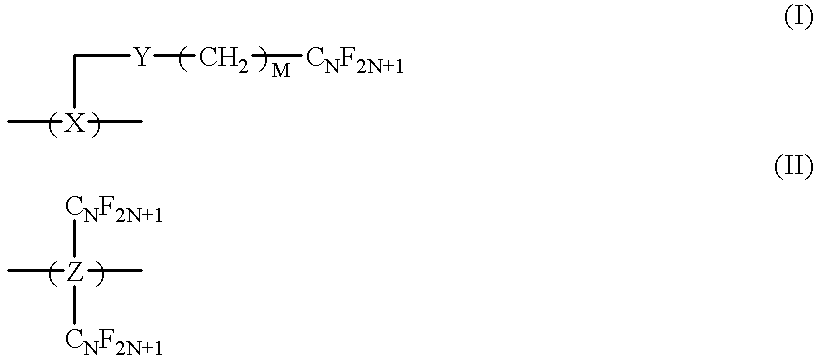Liquid crystal device
a liquid crystal device and liquid crystal technology, applied in the direction of thin material processing, instruments, chemistry apparatus and processes, etc., can solve the problems of difficult control of the nucleation threshold, difficult to achieve the effect of electrical field treatment, and difficult to achieve the effect of reducing the number of pixel electrodes
- Summary
- Abstract
- Description
- Claims
- Application Information
AI Technical Summary
Benefits of technology
Problems solved by technology
Method used
Image
Examples
example 1
A TFT-driven liquid crystal device having a planar size of 230 nm.times.180 nm and a sectional structure as shown in FIG. 3 was prepared. The TFT substrate structure was prepared according to a known TFT production technique, and the semiconductor layer 24 of a TFT 41 was formed of a-Si.
In this example, the alignment films 33 and 38 were formed as composite alignment films of various compositions obtained by mixing a homeotropic alignment film material of the above-mentioned example formula (20) (Resin A) and a polyimide-type homogeneous alignment film material (Resin B) having a recurring unit represented by the following formula so as to provide contents of resin A in a range of 1-8 wt. %. ##STR5##
For a fluorine-containing nematic liquid crystal (e.g., "KN-5030" available from Chisso K.K. used hereinafter in this example), Resin A was found to homeotropically aligning liquid crystal molecules whereas Resin B realized homogeneous alignment. Resin B alone provided a pretilt angle of...
example 2
Liquid crystal devices were prepared by using Resin C formed from a monomer of the formula:
n-C.sub.8 F.sub.17 SO.sub.2 N(C.sub.3 H.sub.7)C.sub.3 H.sub.6 Si(OCH.sub.3).sub.3
as a homeotropic alignment film material instead of Resin A and in combination with Resin B as a homogeneous alignment film material used in Example 1, otherwise in similar manners as in Example 1.
An alignment film of Resin C alone exhibited a contact angle with a-bromonaphthalene of 73.7 deg., a contact angle with methylene iodide of 94.3 deg. and a contact angle with water of 107.4 deg., thus exhibiting a surface energy of 35.6 dyne / cm, and resulted in homeotropic alignment of a fluorine-containing nematic liquid crystal.
Composite alignment films were formed by mixing a solution of the monomer for Resin C and a solution of Resin B precursor (polyamic acid) in a solvent comprising principally NMP in various ratios so as to provide Resin C contents in a range of 1-10 wt. %. Each mixture solution was well stirred a...
example 3
Various composite alignment films and liquid crystal devices including the alignment films were formed by using Resin E ("SE-1211", available from Nissan Kagaku K.K.) as a homeotropic alignment film material and Resin F (polyimide-type "AL0656", available from Nippon Gosei Gomu K.K.) as a homogeneous alignment film material so as to provide composite alignment films having various thicknesses and homeotropic alignment film material contents in the range of 1-10 wt. %. As a result, the appropriate homeotropic alignment film material contents for providing a stable bend alignment as an initial state varied as shown in a graph of FIG. 9. Thus, as shown in FIG. 9, a stable bend alignment was attained in a Resin E content range of 2.5-7.5 wt. % at an alignment film thickness of 30 nm and in a Resin E content range of 1-5 wt. % at an alignment film thickness of 80 nm.
Further, a liquid crystal device using alignment films having a thickness of 30 nm and a Resin E content of 5 wt. % exhibit...
PUM
 Login to View More
Login to View More Abstract
Description
Claims
Application Information
 Login to View More
Login to View More - R&D
- Intellectual Property
- Life Sciences
- Materials
- Tech Scout
- Unparalleled Data Quality
- Higher Quality Content
- 60% Fewer Hallucinations
Browse by: Latest US Patents, China's latest patents, Technical Efficacy Thesaurus, Application Domain, Technology Topic, Popular Technical Reports.
© 2025 PatSnap. All rights reserved.Legal|Privacy policy|Modern Slavery Act Transparency Statement|Sitemap|About US| Contact US: help@patsnap.com



